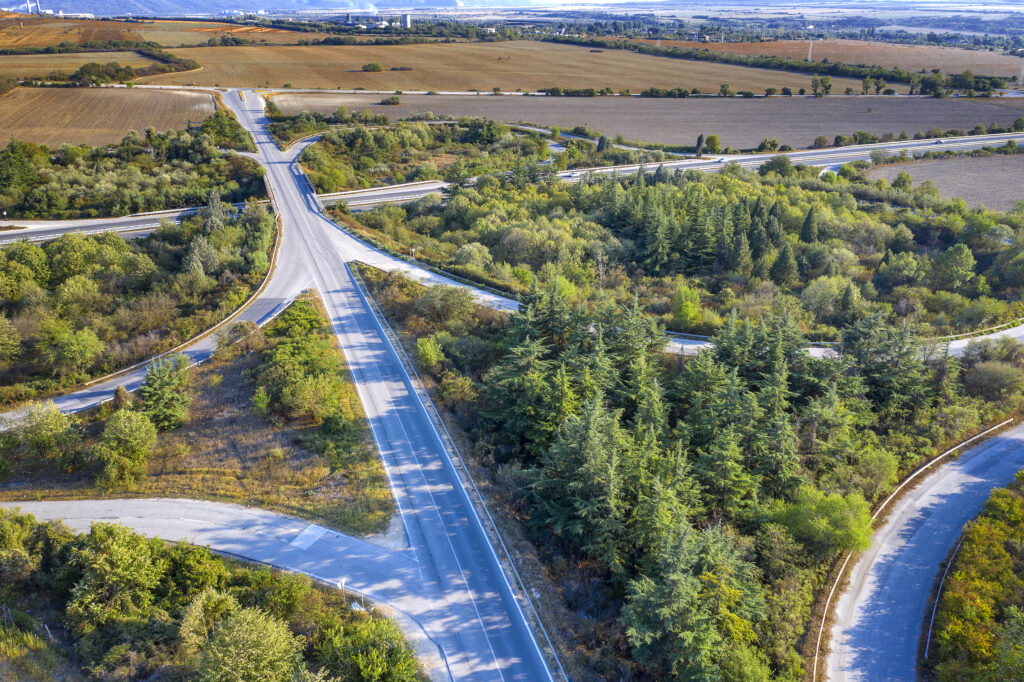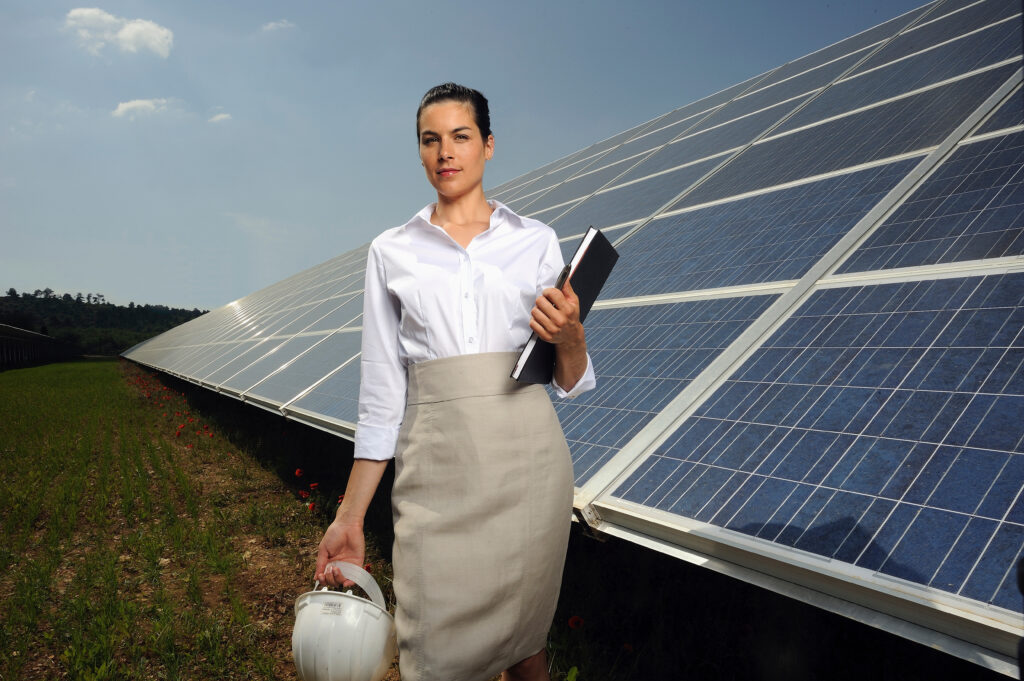With concerns about the health of the environment intensifying, corporate climate change activists are using their unique combination of knowledge, influence, and resources to help lead their respective businesses toward a greener future while still sharing in the benefits of a growing green economy.
Understanding Corporate Climate Change Activists
Gone are the days when corporate interests and environmental concerns were considered opposing sides. The appearance of the corporate climate change activist shows a shift in the way business leaders view their role in addressing global matters.
They come from diverse backgrounds in finance, technology, manufacturing, etc., and use their knowledge of business operations, market trends, and an understanding of how industries function to identify sustainable practices that benefit the environment and bottom line.
The Five Phases of Corporate Climate Action
When speaking about climate action, there are five specific phases in the journey to implement change successfully. They are:
- Indifference: This is the first phase and most common for organizations when they initially consider climate change. It was only in the late 1980s that this feeling began to change.
- Compliance: The second phase is one brought about by legal requirements or legislation. Today, most companies still meet the minimum requirements without considering the environmental impact or potential business upsides.
- Instrumentalism: The third phase occurs when companies see and understand there are some market benefits to being sustainable. These benefits include customer appreciation and loyalty, a reduction in material waste, positive press, and partnering with other like-minded groups or companies.
- Sustainability: The fourth phase is the most common today and the one often publicly presented by companies in their daily business dealings. It builds upon instrumentalism to achieve longer-term sustainability that balances people, profit, and the planet.
- Climate Change Activism: This fifth phase involves using the power of the company’s brand and firm resources to target the public, consumers, governments, other businesses, and stakeholders in fighting for the cause.
Increased Corporate Climate Consciousness
For a long time, companies operated with limited awareness or interest in their environmental impact. Instead, they were more focused on generating profit. With the appearance of more specific climate change data, that changed and led to an acceptance of sustainable practices. Increased consumer demand for eco-friendly products and responsible business and climate change behavior became obvious, and the public forced corporations to make environmentalism part of their strategies.
How Corporate Climate Consciousness Affects Business Practices
Corporate climate consciousness reshapes business practices by adding sustainability to core strategies. Some methods to accomplish this include:
- Supply chain management improvements.
- Focus on renewable products and packaging design.
- Minimizing waste and maximizing resources.
- Shifting to renewable solar and wind energy.
- Reducing long-term carbon emissions.
Increased consumer expectations are leading to a greater focus on corporate climate consciousness and transparency in reporting on environmental initiatives and progress.
The Corporate Climate Change Activist’s Role in Raising Awareness
These activists play an important role in raising awareness about environmental issues within their businesses. They’re usually key employees or stakeholders who employ methods that shift public opinion and behavior towards environmentally conscious attitudes. Key tactics include:
- Releasing information through social media, articles, and public speeches, to provide data and stories highlighting climate change.
- Engaging in direct action and protests to generate media attention and lead a public conversation on environmental issues.
- Forming partnerships with other activist groups and developing shared messaging.
- Lobbying for policy changes at local and global levels to influence regulations and drive businesses and individuals to green practices.
- Building alliances with influencers, scientists, and policymakers to network and grow public sentiment.
Climate Change Activism and the Supply Chain
Climate change has been proven to have an impact on supply chains and goes beyond the usually-mentioned environmental effects of wildfires, floods, and freezes. To get ahead of potential problems, it’s necessary to be proactive and adaptive when addressing supply chains.
Climate change’s impact on supply chains falls into three categories:
- Transition risks: These develop from regulatory, policy, and market changes during the switch to a lower-carbon economy but sometimes impact previous assets and generate lower financial returns.
- Physical risks: These are often event-specific risks like floods and wildfires or long-term shifts like higher average temperatures, rising sea levels, and ongoing heat waves.
- Climate change business opportunities: These are seen when product preferences or services change or as new consumer markets open. The development, adoption, and support for electric vehicles is an example of this.
How are Suppliers and Consumers Affected in the Supply Chain
By identifying companies at the beginning of the supply chain, activists for climate change can influence the adoption of sustainable material sourcing, minimize environmental impact, and encourage renewable material use. They also lead behavior through consumer awareness campaigns that influence sustainable purchase decisions.
By targeting supply chain practices and promoting transparency, activists help consumers choose products that match their core values. This creates consumer goodwill and drives positive change throughout the entire supply chain.
Using the Political Influence of Corporate Climate Change Activists
Corporations can make a difference in promoting regulatory changes that relate to climate policy by engaging with policymakers, stakeholders, and industry groups. Examples include:
- Forming industry partnerships that share common goals and promote sustainable climate practices and presenting smart proposals to policymakers.
- Lobbying government officials, providing expert testimony, and providing detailed research to support a case for policy reform.
- Collaborating with non-governmental organizations and advocacy groups to increase credibility. By presenting strong evidence of economic and environmental benefits, corporations can show how updated regulations align with climate goals.
How Can Corporations Profit in the Green Economy
Corporations have an influence in shaping the green economy and benefiting from strategies like tax breaks and green infrastructure projects. These initiatives align with environmental targets and position businesses to profit from green solutions and services.
Tax Breaks: Engaging with policymakers and industry associations lets corporations seek tax policies that provide strong incentives for responsible environmental practices and investments. Tax breaks help companies adapt to sustainable technologies, reduce carbon emissions, and move to cleaner energy sources.
Infrastructure: Corporations can take a lead role in developing and financing green infrastructure, like renewable energy installations, sustainable transportation systems, and eco-friendly buildings.
The Hamptons Group Team are Climate Change and Climate Resilience Activists
Corporate climate change and resilience activists see the benefits of profit and principles that lead to a greener future. The Hamptons Group is committed to the corporate responsibility of embracing a green economy in our core values and principles. We invite you to read more about our commitment to corporate climate change activism at the following links:






